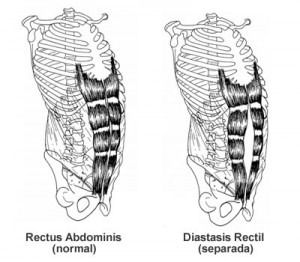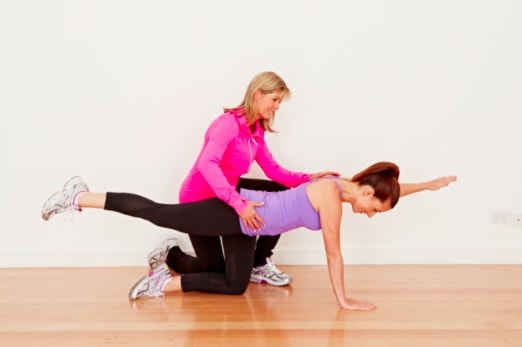Known as diastasis recti or separated abs, this is a common occurrence and often appears in the second trimester of pregnancy.
As the baby grows, so does the chance of you developing separated abs. Generally, this is no problem, as the female body is designed to foster and birth babies.
But on an aesthetic level, a lot of women are taken aback by the unseemly bulging ridge that can form and grow along the midline of your belly.
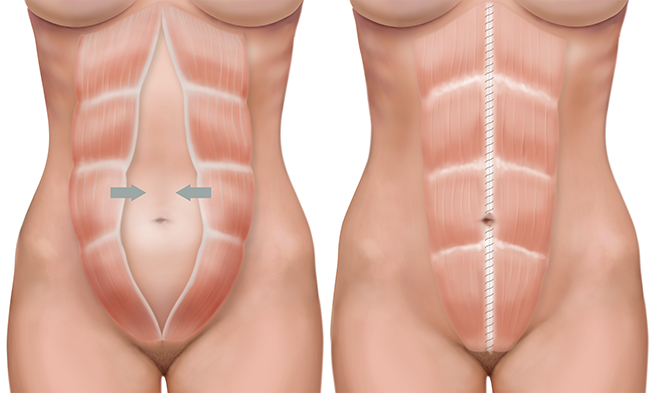
How to check, manage and heal your abdominal wall
DEEP CORE – your inner corset
First, it really helps to understand what your abdominal muscles look like. Did you know the deepest layer actually looks a lot like a corset?
It’s quite amazing how well-designed and tightly laced up our core is! So, the deepest layer, our transversus abdominis (or TA for short), comes from the back, wraps around your waist and inserts at the front – along your midline.
If you can visualise a thin corset wrapping around your midsection, you’ve pretty much got the TA down pat.
What you also need to know about the TA is that it’s a stabilising muscle – different from the muscle we use for your standard sit-ups taught in a gym class.
The TA is more like a whispering muscle (rather than a loudly shouting moving muscle), IT works best when you think about it “gently wrapping” your core.
Drawing up gently on the pelvic floor, like in Kegel exercises or the feeling of trying to draw a tampon up also helps engage the TA.
2nd and 3rd LAYER OF ABS – twists, stabilisation and movement
Over the TA, the inner and outer obliques form an A and V shape.
These muscles are a little bit more like ropes starting roundabout your ribcage and, while also sometimes assisting to stabilise your core, help in twisting movements and when you do unilateral (single side) work.
A lot of people can feel them when they place their hands near the base of their ribs and exhale. As the lungs deflate, the obliques assist in drawing the ribcage down and shorten and tighten.
OUR SIX-PACK
On top of all of those layers is the abdominal muscles also known as our rectus abdominis (the six-pack muscle). This one helps you move and bend over and is often a bit easier to engage as it’s such a strong and overpowering muscle.
Using this one feels like you’re shouting with your abs as they burn when given a good workout.
Unfortunately, using it without knowing how to engage and strengthen the underlying layers also means you’re doing more damage if you have separated abs.
Six-pack muscle workouts are best avoided and instead you should start with basic everyday movements and then once your doctor gives you the go ahead you can start abdominal compressions, pelvic tilts, toe taps, heel slides, single-leg stretches, and bridges with belly scooping.
Check out Laura’s story of weight loss with muscle separation, she is truly inspirational! She lost 31kg and her stomach is lean and strong.
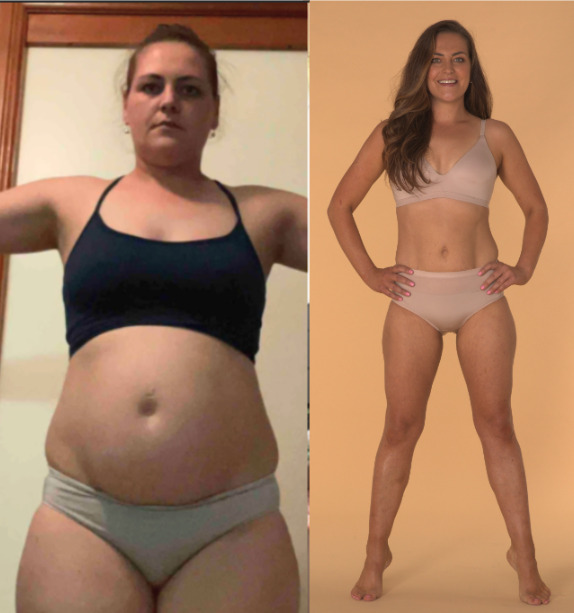
These activities will start to rebuild your abdominal muscles safely and naturally without overstressing them too early post-pregnancy.
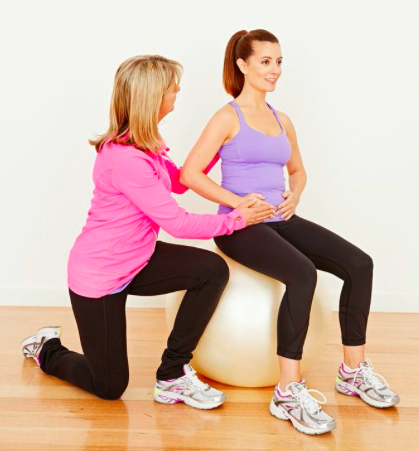
DON’T
This is really important to understand, as a lot of women think strengthening their abs/ core is just strengthening the most superficial layer of abs!
The result: more separation as the two sides pull apart more and create a bigger gap and bulge along the midline of your body. This is why doing sit-ups until the cows come home would be a terrible idea.
It could make your rectus abdominus bulge or separate even more; which is why you should avoid crunches and standard Pilates 100′s.
We need to start from the inside out, so to speak. Hence why the pelvic floor is important too – to help you engage and strengthen your transversus abdominis. You can see our guide to safe pelvic floor exercises here.
DO YOU HAVE SEPARATED ABS?
Generally, your chances of having diastasis recti are higher if you have been pregnant several times, as the muscles stretch every time and become a little like a stretched rubber band that develops cracks more easily.
Also, if you don’t exercise at all during pregnancy, you’re statistically more likely to develop the condition – and it’s likely to be more pronounced. Another good incentive to keep up moderate exercise!
Okay, now, here’s how to check for ab separation, if you haven’t been checked by your healthcare professional.
How to examine yourself
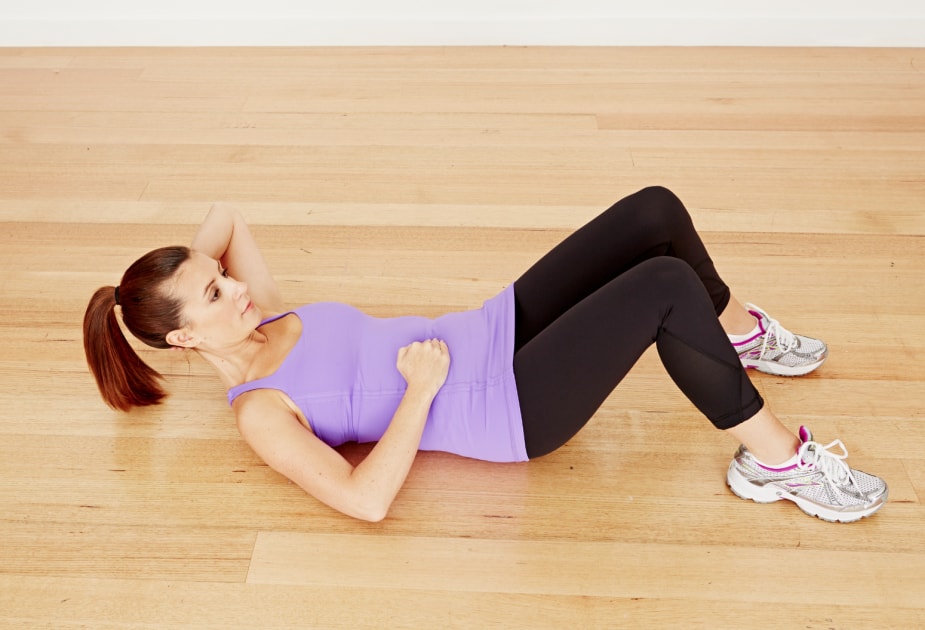
Step 1 – In a lying position with knees bent, place your right hand behind your head.
Step 2 – With your left hand, position your index finger and middle finger together and place them horizontally in the centreline of your stomach between your abdominals.
Step 3 – From this position slowly raise your head slightly off the floor using your right hand (positioned behind your head) for support.
Make sure not to simply lift your head with your hand as this is a common error – you must perform one basic crunch to fully contract your abdominal muscles to get the best assessment of your separation.
Step 4 – Your abdominals will now be slightly contracting allowing you to see exactly how far your abdominals have separated.
Step 5 – If your index finger and middle finger (on your left hand) can still fit between your abdominals you will have Diastasis Recti of between 2 – 2.5cms.
For every additional finger you can place in between your abdominals you should add 1cm extra to your total abdominal separation number.
If you can only fit one finger between your abdominals you effectively have 1cm of separation and will be nearly healed.
What to do if you have more than 2cm separation
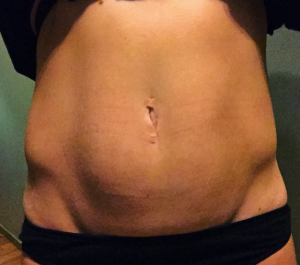
And if you discover you have more than a 1 – 2cm separation you should refrain from doing exercises such as crunches, sit-ups or pilates 100′s – all of which can put too much pressure on the abdominal muscles which have become separated during pregnancy.
If you do have muscle separation PLEASE see a physio before commencing exercise so they can examine you and advise on the level of separation.
They will also advise the level of gentle exercise you can begin and when you will be ready to begin it.
How to take care of your tummy muscles
Whatever you do, think inside out and slow and steady. Stabilising muscles need strengthening first and your body will bounce back more than you think if you just give it time and gentle care. Self-love and care is important.
Gentle pelvic floor and core strengthening exercises will be great for you. Pilates for post-pregnancy is a hit, too.
You can see our Pelvic Floor Exercises here.
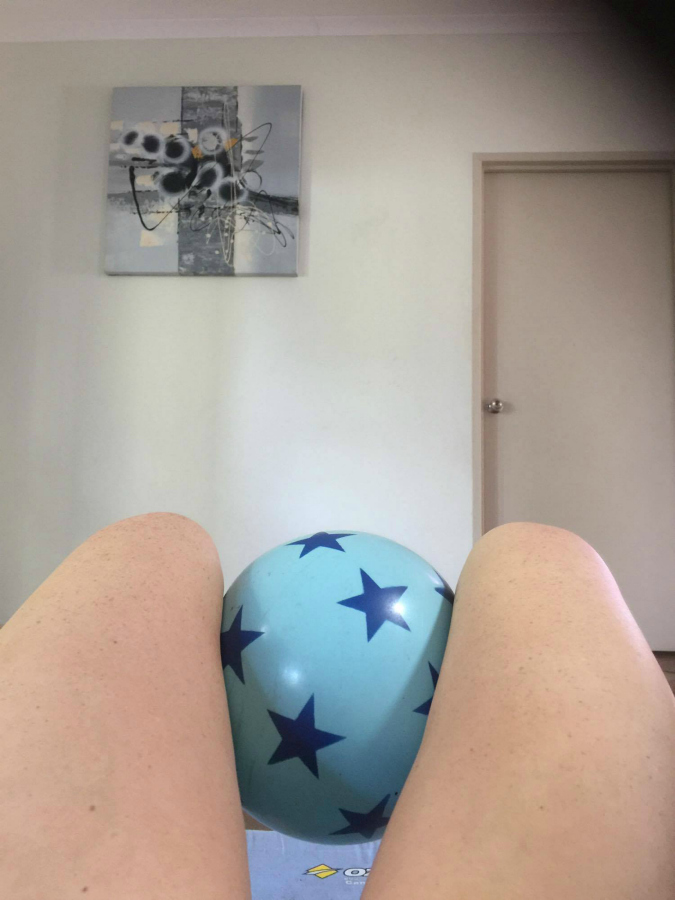
Walking is fantastic as it helps you get your blood pumping, is easily done with a baby or toddler and it starts to build your fitness base in a safe way.
Other exercises like cycling, swimming and the like are unfortunately best avoided right at the onset of separated abs – depending on how severe the separation is, of course.
Please note, although we receive A LOT of emails asking about when mums can exercise after muscle separation, it is very hard to give advice as you really need a hands-on examination from a physio to advise on what you can and can’t do.
And as such our advice is not to do any specific ab work until you can get the ok from a physio as you can make your separation worse by doing too much too soon and it is always best to have that physio give you advice on what exercise you can do so that they determine what your ability is.’
Try our Post Pregnancy Workouts in our 28 Day Challenge
And for the ULTIMATE SAFE, EFFECTIVE & TRUSTED Post Pregnancy Workout – see our EXPERT workouts now available in our 28 Day Weight Loss Challenge App
The exercises can be followed by all mums (for example new mums or mums with older children) and can be followed by someone with a basic or a more advanced level of fitness.
Lisa Westlake is our incredible fitness instructor and postnatal exercise specialist throughout the workouts.
With her extensive physiotherapy experience and qualifications (Lisa is one of the most awarded fitness professionals in Australia), Lisa is the perfect fitness instructor to bring The Healthy Mummy Post Pregnancy Exercise DVD to life – you will love working out with her.
The exercises are effective and safe and Lisa will guide you through each of the workouts.
As well as assisting in the improvement of your overall fitness levels, the workouts in the DVD will also help in the burning of calories, the improvement of your core strength and the strengthening of your pelvic floor.


